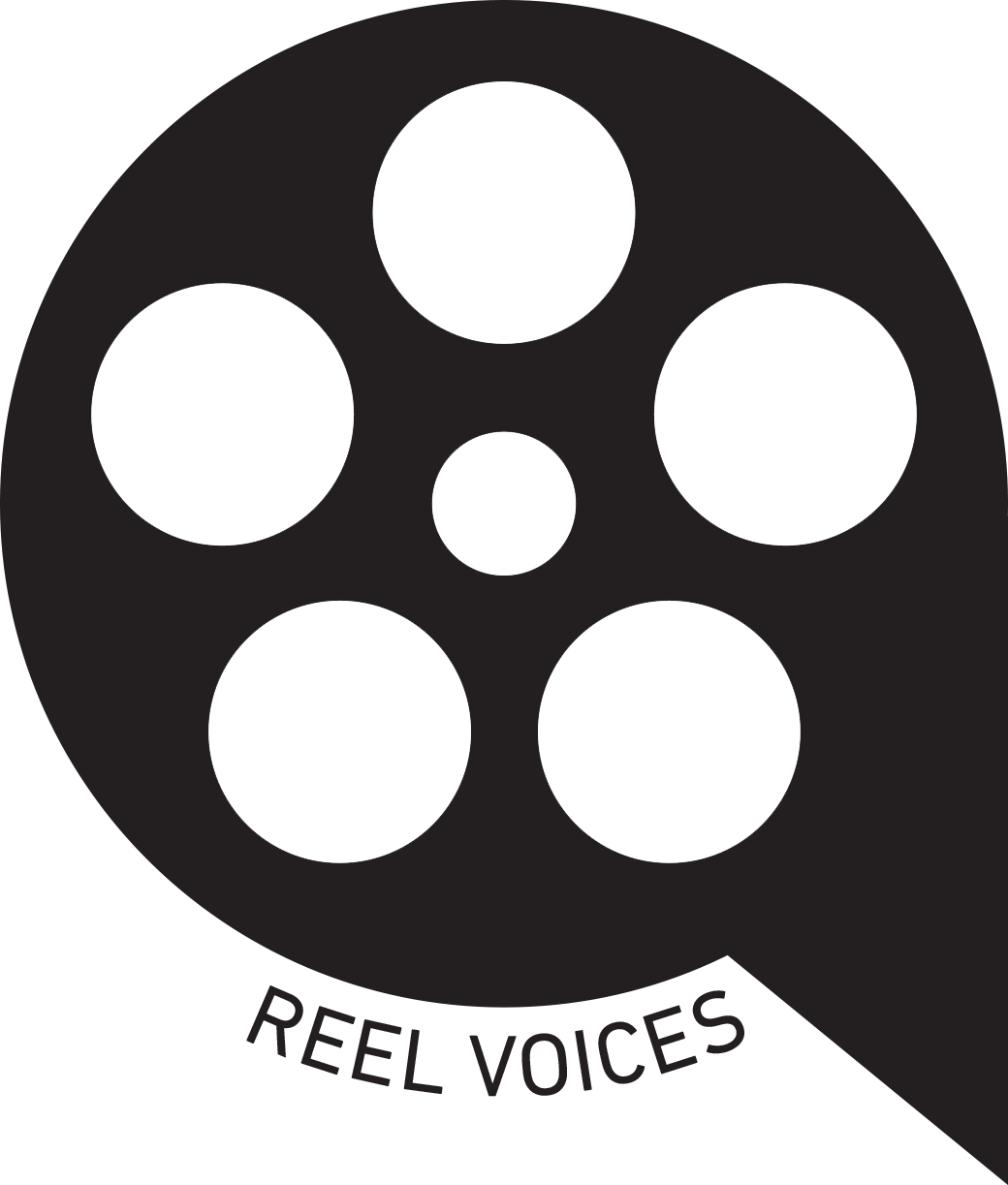EXERCISE 3
Silent Films
ASSIGNMENT DESCRIPTION
This exercise will challenge your storytelling and videos skills to share a narrative without dialogue. Utilize the different design elements and points-of-view when composing your shots. Create a 1-2 minute video using the camera provided to you. Your focus will be to experiment with different shot sizes, angles and movements to enhance your narrative. This project will also help you to with understanding the different roles on a production, which jobs carry certain responsibilities, and when in some cases jobs overlap. HAVE FUN AND BE PLAYFUL!
FILMS
HANDOUTS
WHAT IS A SILENT FILM?
A silent film is a film with no synchronized recorded sound, especially with no spoken dialogue. In silent films for entertainment, the dialogue is transmitted through muted gestures, mime and title cards with a written indication of the plot or key dialogue.
BASIC STORY ELEMENTS
A story has five basic but important elements. These five components are: the characters, the setting, the plot, the conflict, and the resolution. These essential elements keep the story running smoothly and allow the action to develop in a logical way that the reader can follow.
THINKING CRITICALLY ABOUT SILENT FILMS
When working on your own film, make purposeful choices with your placement of the camera and subjects. Remember that there will be no dialogue in your story, so you need to rely on the various storytelling tools that the camera provided. Consider the different angles, design and POV.
Some questions that I would like you to think about when you watch the film:
- Who is the main character and what shots establish this?
- What colors are used in the film and how does that direct eye movement and mood?
- When in the story happening? Past, present or future? Timeless?
- Where does the music change and how does it effect the pace of the film?
- Why do we start to care about this character?
- How does the use of different camera angles and movements help to enhance the story?
START HERE.
STEP 1: DISCUSS STORY IDEAS
Each of the students in your group is responsible for sharing at least one idea with the group. The narrative can be as simple or complicated as the group agrees to, just remember that the story you create needs to be at least 1 min. but cannot exceed 2 min. running time. Here are some basic ideas to work with. My suggestion is to keep the story pretty simple but push your skills in camera shots.
- Subject moves from one environment to another
- Subject picks up or drops an object
- Subject interacts with another subject
STEP 2: STORYBOARD
Generate a shot list by drawing out a storyboard for the selected narrative. The exercise is required to have a minimum of six different camera shots. It can be a combination of different shot sizes, angles and movements. Students should be able to identify and discuss the importance and relevance of each angle and how to execute it compositionally with the camera.
STEP 3: RECORD YOUR STORY
It would be helpful to give each of the people in your group a job for the film. On small productions, many of the responsibilities usually overlap which is ok, just make adjustments to the needs of your group. Record your story using the storyboard as a shot list, consider shooting your whole story with multiple angles so that you have more options when editing. When using people, consider continuity with clothing and props.
- Director
- Producer
- Subject(s)
- Camera person
- Editor
VIDEO: Who's Who on a Movie Crew
STEP 4: PREVIEW + EDIT
Upload, re-name and organize your footage. The files only need to exist on one hard drive, but students are welcome to upload files to their own if they want.
STEP 5: SAVE + EMAIL
Upload your file to the Viewing Station:
Macintosh HD > Screening Station > VSAR203 Sp18 R. JAVIER
Make sure to correctly label your file:
180214_exercise3_sp18_firstname_lastname.mp4






